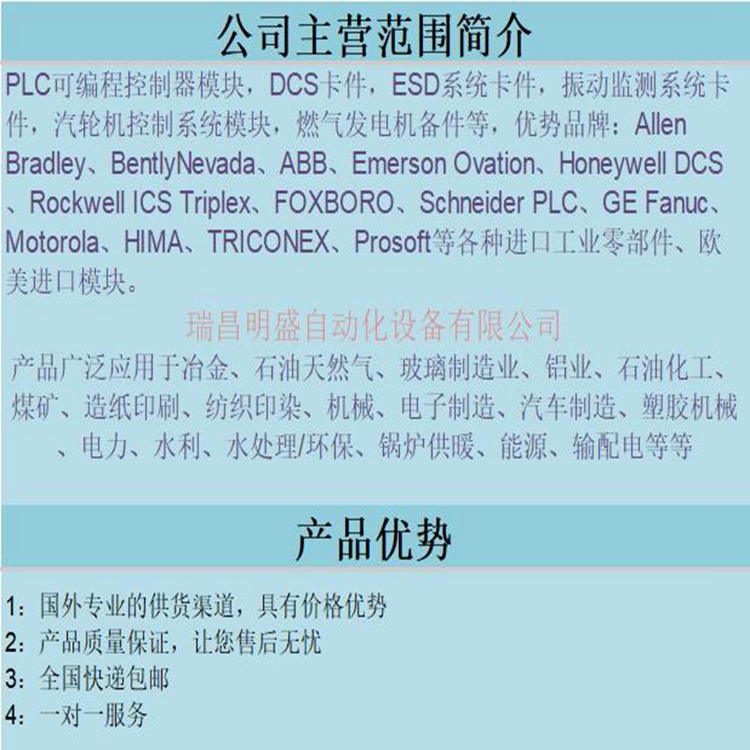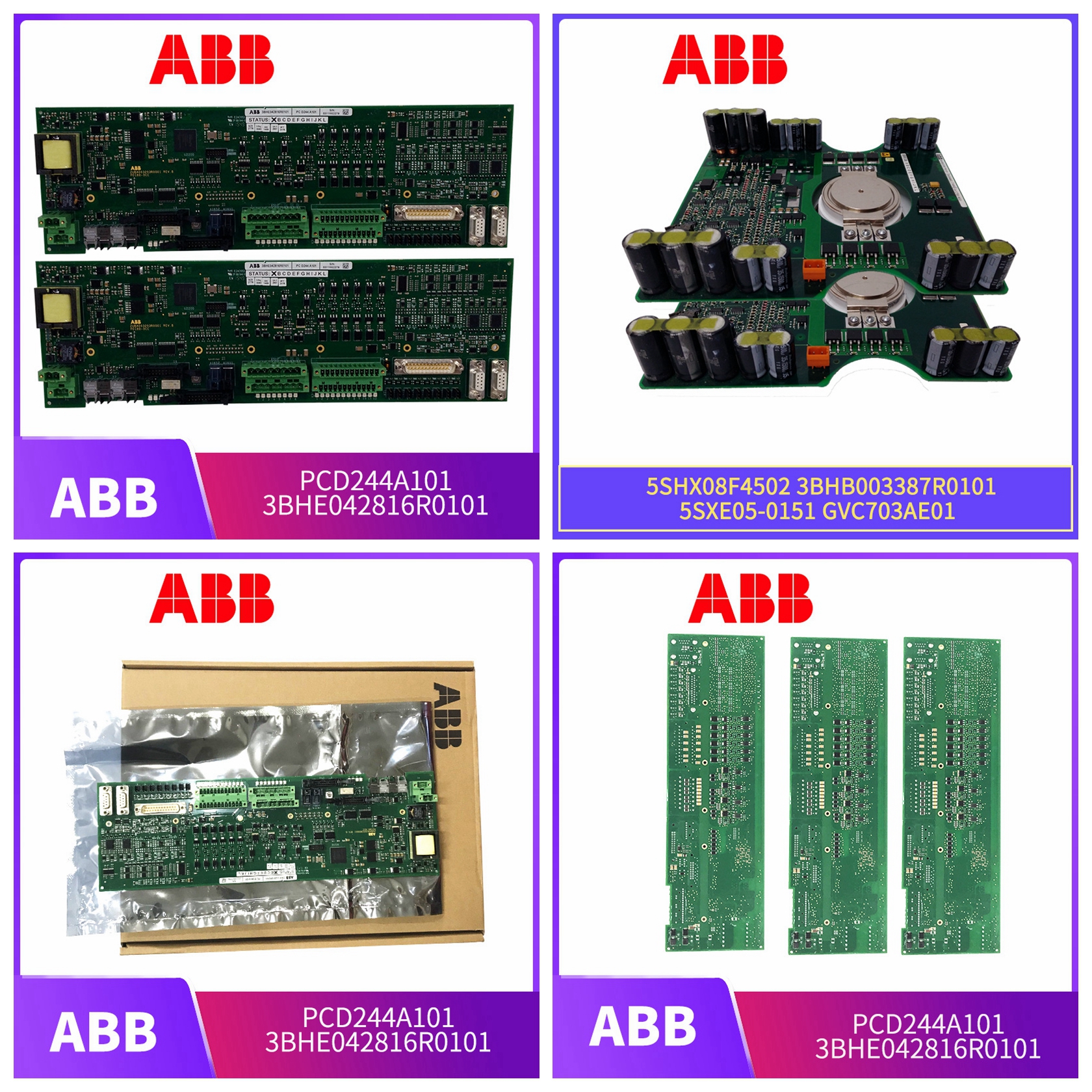DSTC120 编程器的功能
基本操作网络中的每个节点
通过菊花链环路中的光纤电缆互连。第一块板的发射器必须连接到第二块板的接收器。第二板的发射器与第三板的接收器相连,以此类推,直到回路在第一板的接收器处完成。每个节点必须有一个唯一的节点ID,这是使用一组八(8)个板载跳线完成的。节点ID的顺序并不重要;它们只需要是唯一的(即没有两个节点可以具有相同的节点ID)。通过PCI主机系统向板载SDRAM写入数据,启动网络上的数据传输。写入可以像PCI目标写入一样简单,也可以是由于两个驻留DMA引擎之一的DMA循环。当发生对SDRAM的写入时,DSTC120上的电路将数据与其他相关信息一起自动写入发送FIFO。从传输FIFO,传输电路检索数据并将其形成4至64字节的可变长度数据包,这些数据包通过光纤接口传递到下一个板的接收器。当接收到数据时,电路打开数据包并将数据存储在电路板的接收FIFO中。从接收FIFO,第三个电路将数据写入本地板载SDRAM,在存储器中与始发节点相同的相对位置。第三电路还同时将数据路由到电路板自己的传输FIFO。从那里,重复该过程,直到数据返回始发节点的接收器。在始发节点,数据分组被从网络中移除。
Each node in the basic operation network
Interconnection via fiber optic cables in daisy chain loops. The transmitter of the first board must be connected to the receiver of the second board. The transmitter of the second board is connected to the receiver of the third board, and so on, until the loop is completed at the receiver of the first board. Each node must have a unique node ID, which is done using a set of eight (8) on-board jumpers. The order of node IDs is not important; They only need to be unique (that is, no two nodes can have the same node ID). Write data to onboard SDRAM through PCI host system, and start data transmission on the network. Writing can be as simple as PCI target writing, or it can be due to a DMA loop that resides in one of the two DMA engines. When the SDRAM is written, the circuit on the DSTC120 automatically writes the data to the transmit FIFO together with other relevant information. From the transmit FIFO, the transmit circuit retrieves the data and forms 4-64 byte variable length data packets, which are passed to the receiver of the next board through the optical fiber interface. When receiving data, the circuit opens the data packet and stores the data in the receive FIFO of the circuit board. From the receive FIFO, the third circuit writes the data to the local onboard SDRAM, which is in the same relative position with the originating node in the memory. The third circuit also routes the data to the transmission FIFO of the circuit board itself. From there, the process is repeated until the data returns to the receiver of the originating node. At the originating node, data packets are removed from the network.
前挡板LED指示灯
DSTC120在挡板上有三个LED指示灯。顶部的红色LED是一个状态指示器,其通电默认状态为“ON”。状态LED可以通过写入一位(控制和状态寄存器的位31)切换为“OFF”或“ON”,该位指示用户定义的板状态。中间的黄色LED是信号检测指示灯。如果接收器检测到光,信号检测LED将“开启”。它可以用作检查光网络是否正确连接到接收器的简单方法。底部的绿色LED是OWN DATA指示灯。当电路板检测到自己的数据在网络上返回时,它将此LED设置为“on”。
Front bezel LED
The DSTC120 has three LED indicators on the bezel. The red LED on the top is a status indicator whose power on default state is "ON". The status LED can be switched to "OFF" or "ON" by writing a bit (bit 31 of the control and status registers) indicating the user-defined board status. The yellow LED in the middle is the signal detection indicator. If the receiver detects light, the signal detection LED will "turn on". It can be used as a simple way to check whether the optical network is correctly connected to the receiver. The green LED at the bottom is the OWN DATA indicator. When the circuit board detects that its data is returned on the network, it sets this LED to "on".










